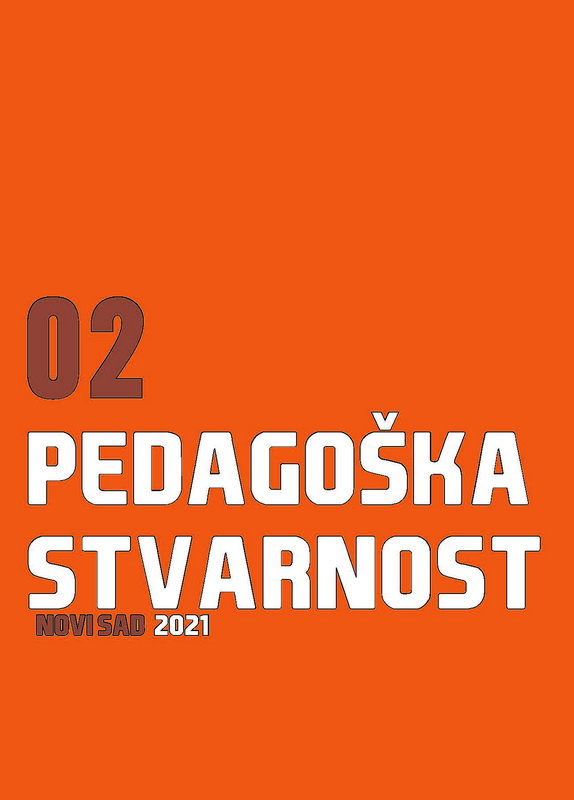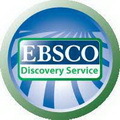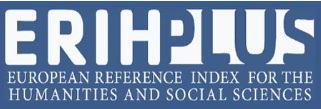KARAKTERISTIKE PLATFORME GOOGLE UČIONICA U KOMBINOVANOJ NASTAVI HEMIJE: PERSPEKTIVА UČENIKA
Originalni naučni rad
Apstrakt
Rezultati ranijih istraživanja pokazali su da je platforma Google učionica okarakterisana kao korisna i laka za upotrebu. Za uspešnu primenu ove platforme individualne percepcije učenika i nastavnika treba da budu pozitivne. U cilju ispitivanja mišljenja učenika o karakteristikama onlajn platforme Google učionica za učenje hemije tokom kombinovanog modela osnovnoškolske nastave hemije, ispitano je 76 učenika, sedmog i osmog razreda. U prikupljanju podataka primenjena je adaptirana skala – Procena zadovoljstva učenika platformom Google učionica. Dobijeni rezultati ukazuju da učenici misle da Google učionica promoviše vremensku i prostornu nezavisnost u organizaciji učenja, laku komunikaciju sa nastavnicima i drugim učenicima iz odeljenja. Google učionica omogućava lak pristup nastavnom materijalu i dopunskim nastavnim resursima. Nije bilo značajnih polnih razlika u percepciji Google učionice. S druge strane, nađene su značajne razlike između učenika sedmog i osmog razreda, u korist mlađih učenika. Učenici obuhvaćeni istraživanjem imaju generalno pozitivno mišljenje o primeni Google učionice u nastavi hemije tokom kombinovanog modela učenja.
Reference
Al-Maroof, R. A. S., & Al-Emran, M. (2018). Students acceptance of Google Classroom: An exploratory study using PLS-SEM approach. International Journal of Emerging Technologies in Learning, 13(6), 112–123.
Apriyanti, D., Syarif, H., Ramadhan, S., Zaim, M., & Agustina, A. (2019). Technology-Based Google Classroom In English Business Writing Class. 301(Icla 2018), 689–694.
Beavers, A. S., Lounsbury, J. W., Richards, J. K., Huck, S. W., Skolits, G. J., & Esquivel, S. L. (2013). Practical considerations for using exploratory factor analysis in educational research. Practical Assessment, Research & Evaluation, 18(6), 1–13.
Brown, M. C. (2018). Google Classroom for the Online Classroom. Distance Learning, 15(3), 51–56. Retrieved January 2021 from https://search.ebscohost.com/login.aspx?direct=true&AuthType=shib&db=eue&AN=134173102&custid=s8332669
Churchill, D. (2009). Educational applications of Web 2.0: Using blogs to support teaching and learning: Original Articles. British Journal of Educational Technology, 40(1), 179–183.
de Campos Filho, A. S., de Souza Fantini, W., Ciriaco, M. A., dos Santos, J., Moreira, F., & Gomes, A. S. (2019). Health Student Using Google Classroom: Satisfaction Analysis. Communications in Computer and Information Science, 1011, 58–66.
Dash, S. (2019). Google classroom as a learning management system to teach biochemistry in a medical school. Biochemistry and Molecular Biology Education, 47(4), 404-407.
Goos, M., Galbraith, P., & Renshaw, P. (2002). Socially mediated metacognition: creating collaborative zones of proximal development in small group problem solving. Educational Studies in Mathematics , 49(2), 193-223.
Gupta, A., & Pathania, P. (2021). To study the impact of Google Classroom as a platform of learning and collaboration at the teacher education level. Education and Information Technologies, 26(1), 843–857.
Huang, R. H., Liu, D. J., Tlili, A., Yang, J. F., & Wang, H. H. (2020). Handbook on Facilitating Flexible Learning During Educational Disruption. The Chinese Experience in Maintaining Undisrupted Learning in COVID-19 Outbreak. Beijing: Smart Learning Institute of Beijing Normal University.
Iftakhar, S. (2016). Google Classroom: What Works and How? Journal of Education and Social Sciences, 3(1), 12–18.
Jakkaew, P., & Hemrungrote, S. (2017). The use of UTAUT2 model for understanding student perceptions using Google classroom: A case study of introduction to information technology course. In 2017 international conference on digital arts, media and technology (ICDAMT) (pp. 205-209). IEEE.
Janzen, M. (2014) Hot Team: Google Classroom. Retrieved January 2021 from tlt.psu.edu/2014/12/04/hot-team-google- classroom.
Katz, R., Amichai-Hamburger, Y., Manisterski, E., & Kraus, S. (2008). Different orientations of males and females in computer-mediated negotiations. Computers in Human Behavior, 24(2), 516–534.
Kumar, J. A., Bervell, B., & Osman, S. (2020). Google classroom: insights from Malaysian higher education students’ and instructors’ experiences. Education and Information Technologies, 25(5), 4175–4195.
Lazarević, T. (2019). Efekti primene bloga u gimnaziji (doktorska disertacija). Novi Sad: Prirodno-matematički fakultet.
Lee, J., & Bonk, C. J. (2016). Social network analysis of peer relationships and online interactions in a blended class using blogs. The Internet and Higher Education, 28, 35–44.
Levy, M. (2009). WEB 2.0 implications on knowledge management. Journal of Knowledge Management, 13(1), 120–134.
Ministarstvo prosvete, nauke i tehnološkog razvoja, (2020). Stručno uputstvo za organizaciju i realizaciju obrazovno-vaspitnog rada u osnovnoj školi u školskoj 2020/2021. godini. Preuzeto mart 2021 sa: http://www.mpn.gov.rs/wp-content/uploads/2020/08/strucno-uputstvo.pdf
Norrby, M., Grebner, C., Eriksson, J., & Bostrom, J. (2015). Molecular rift: virtual reality for drug designers. Journal of Chemical Information and Modeling, 55(11), 2475-2484.
Paristiowati, M., Zulmanelis, Dessy Indira, U., & Novita Lutfi, K. (2020). The Effect of Google Classroom as A Tool in Chemistry Learning. 196(Ijcse), 415–420.
Shaharanee, I. N. M., Jamil, J. M., & Rodzi, A. S. S. M. (2016). The application of Google Classroom as a tool for teaching and learning. Journal of Telecommunication, Electronic and Computer Engineering, 8(10), 5–8.
Singh, K., Srivastav, S., Bhardwaj, A., Dixit, A., & Misra, S. (2020). Medical education during the COVID-19 pandemic: a single institution experience. Indian Pediatrics, 57(7), 678-679.
Sudarsana, I. K., Putra, I. B. M. A., Astawa, I. N. T., & Yogantara, I. W. L. (2019). The use of Google classroom in the learning process. Journal of Physics: Conference Series, 1175(1).
Vaughan, N. D. (2010). A blended community of inquiry approach: Linking student engagement and course redesign. Internet and Higher Education, 13(1–2), 60–65.
Ventayen, R. J. M., Estira, K. L. A., Guzman, M. J. De, Cabaluna, C. M., & Espinosa, N. N. (2018). Usability Evaluation of Google Classroom: Basis for the Adaptation of GSuite E-Learning Platform Software Management View project Data Analysis View project. Asia Pacific Journal of Education, Arts and Sciences, 5(1), 47–51.
Wang, Y.-S., Li, C.-R., Yeh, C.-H., Cheng, S.-T., Chiou, C.-C., Tang, Y.-C., & Tang, T.-I. (2016). A conceptual model for assessing blog-based learning system success in the context of business education. The International Journal of Management Education, 14(3), 379–387.
Zavod za unapređivanje obrazovanja i vaspitanja (2020). Rezultati ankete: Šta 15000 prosvetnih radnika misli o ostvarivanju obrazovno-vaspitnog procesa putem učenja na daljinu. Preuzeto mart 2021 sa: https://zuov.gov.rs/rezultati-ankete-sta-15-000-prosvetnih-radnika-misli-o-ostvarivanju-obrazovno-vaspitnog-procesa-putem-ucenja-na-daljinu/)








